Billy Martel
Origins
The Flash (1990)
The series was very indicative of the time in which it existed. It features a muscle suited Flash in a dark, yet brightly colored city, facing a new villain every week. The theme was written by Danny Elfman and the design elements very much inspired by the work of Tim Burton and Joel Schumacher on the Batman movies. At the time, the Batman franchise was still in full swing; superheroes had to be stylized, but also dark, and angry. Television still worked on an episode by episode basis. Long running story arcs were uncommon, making writers focus on creating a new threat for every individual episode. Therefore it made sense for Barry’s motivation to be something short term. Bad guy shows up and kills Jay; Barry captures him and decides to keep on fighting crime - end of story. The reason why big story arcs were considered bad was that once shows went into syndication there was no guarantee in which order they would be broadcast.
The Flash (2014)
Once again the Flash is coming on the coat tails of a successful Batman Franchise. But while the 80’s franchise was about being stylized and angry the Nolan Batman franchise is about building a legend to hide insecurity. (for more about the Nolan Batman movies check out this article: http://www.cinemablography.org/batman.html). All of DC’s latest efforts have followed the philosophy that the characters that we see on screen are not the characters as we have seen them in the comics, but the characters as they really would be. The comics, they seem to say, are mythology; these are the real people who became myth through the legends people told about them. The dialogue is peppered with people telling the hero how great they will be one day, while our hero himself broods and worries about his self-worth, feeling in over his head. The music is heavily inspired by Hans Zimmer. The city is dirty and realistic looking. Everything is made to look as normal as possible except for the obvious sci-fi elements that periodically appear.
As I said the series is very indicative of the time for which it has been made. One might almost call it standard. The show's feel is that of a standard CW sci-fi action show. Smallville (2001 - 2011, Gough, and Millar), Supernatural (2005 - present, Kripke), even Arrow have all had a fairly consistent formula: attractive cast, a monster-creating machine built into the plot, a personal vendetta or mystery involving the death of a close family member, an estranged love interest, and of course a story arc with enough un-answered questions to last several seasons. The Flash also feels like a standard, post 2000, comic book adaptation: Kevlar inspired suit design, brooding, awkward hero, angry speech making mentors, comic relief that make constant references to the source material, an estranged love interest, and a story arc with many questions that will probably never be answered. Saying that it is a very “standard” show does not mean that it is not good; nor does it mean that it will not be successful. It just means that the series has been constructed on a tried and true formula which is very popular now. It is definitely banking on the popularity of comic book adaptations and the iconic nature of the main character to help it stand out from the crowd. From what I’ve seen, I think it has every possibility of success.

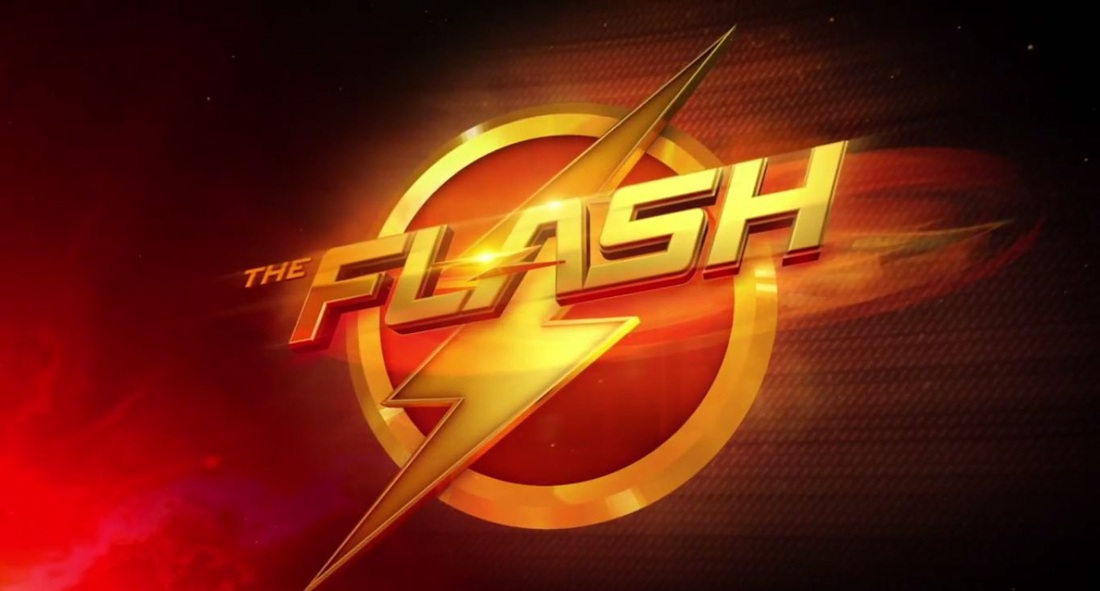

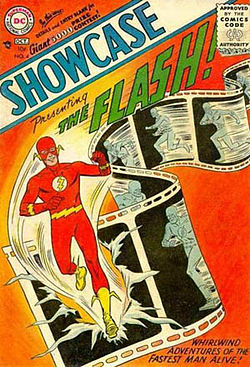
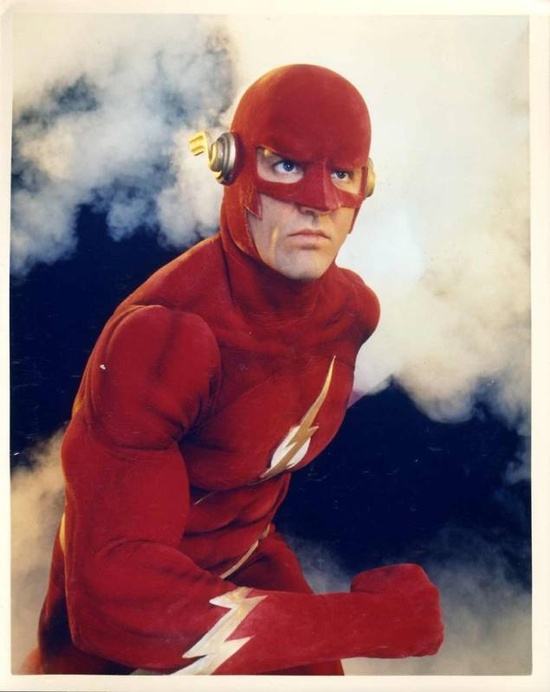
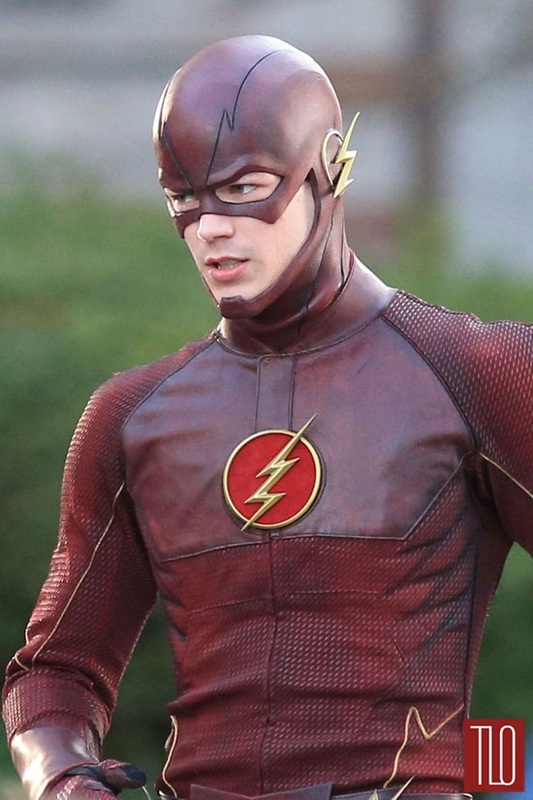
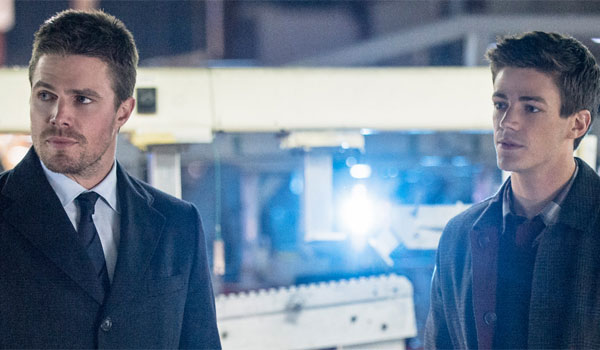
 RSS Feed
RSS Feed
